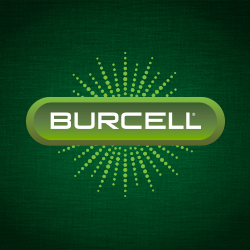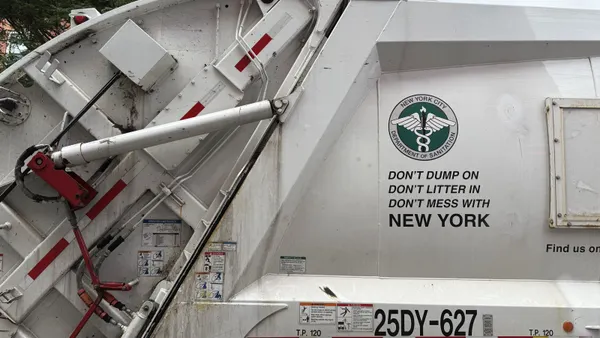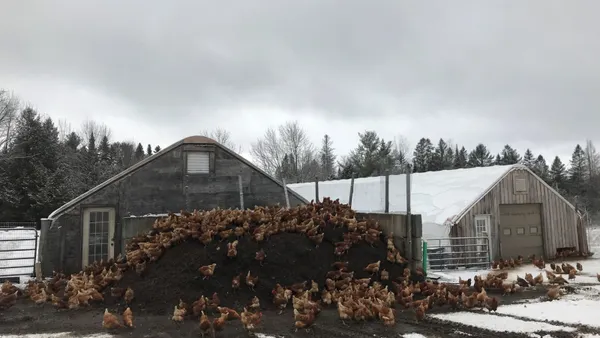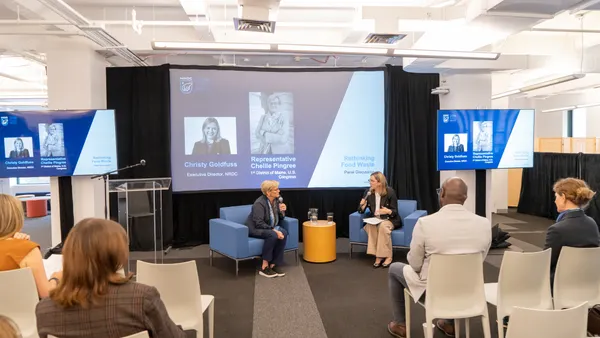Dive Brief:
- India-based Bakey's has created a line of edible cutlery — specifically spoons, forks, and chopsticks — that are made from millet, rice, and wheat flours. The cutlery has a shelf life of three years and comes in "plain," sweet, or savory flavors.
- In a similar development, Ari Jónsson, a product design student at Iceland Academy of the Arts, created an edible bottle made from an algae powder called agar. When mixed with water, the agar develops a jelly-like consistency and can only keep its shape when it is filled with liquid. "As soon as it's empty it will start to decompose," Jónsson said to Fast Company.
- Both creations aim to replace plastic-based food and beverage products, which take hundreds of years to decompose if littered or thrown into landfills.
Dive Insight:
In a recent discussion on the circular economy, International Solid Waste Association (ISWA) President David Newman explained the importance of developing packaging and plastic products with recycling and reuse in mind. He said he finds bioplastics to be the most interesting and exciting development in the waste and recycling industry, and such innovations in this space can lead to major reductions in plastic pollution.
Bakey's developer Narayana Peesapaty has echoed these beliefs, and knows that it doesn't stop at bioplastics. According to a Bakey's video (above), 120 billion pieces of disposable cutlery are thrown out every year in India, with the majority of these going to landfills. "Plastic has got so many chemical complexes in it ... These cause cancer, these lead into food, they don't biodegrade, but still we're using a whole lot of plastic disposable cutlery ... We've come up with an alternative," he said in the video.
"We should ask ourselves, why are we using materials that take hundreds of years to break down in nature to drink from once and then throw away," said Jónsson to Fast Company. When discussing his algae-based bottles, he said, "I can't claim that this is the perfect solution for our problem with plastic bottles ... But it's a start and an idea that hopefully helps us to look at new ways to solve the problem."
If more scientists and developers begin to mimic these types of solutions, the issue of plastic pollution may not be as much of a headache a decade from now. However it will take a lot of research, regulations, and habitual adjustments to see a vast improvement.















